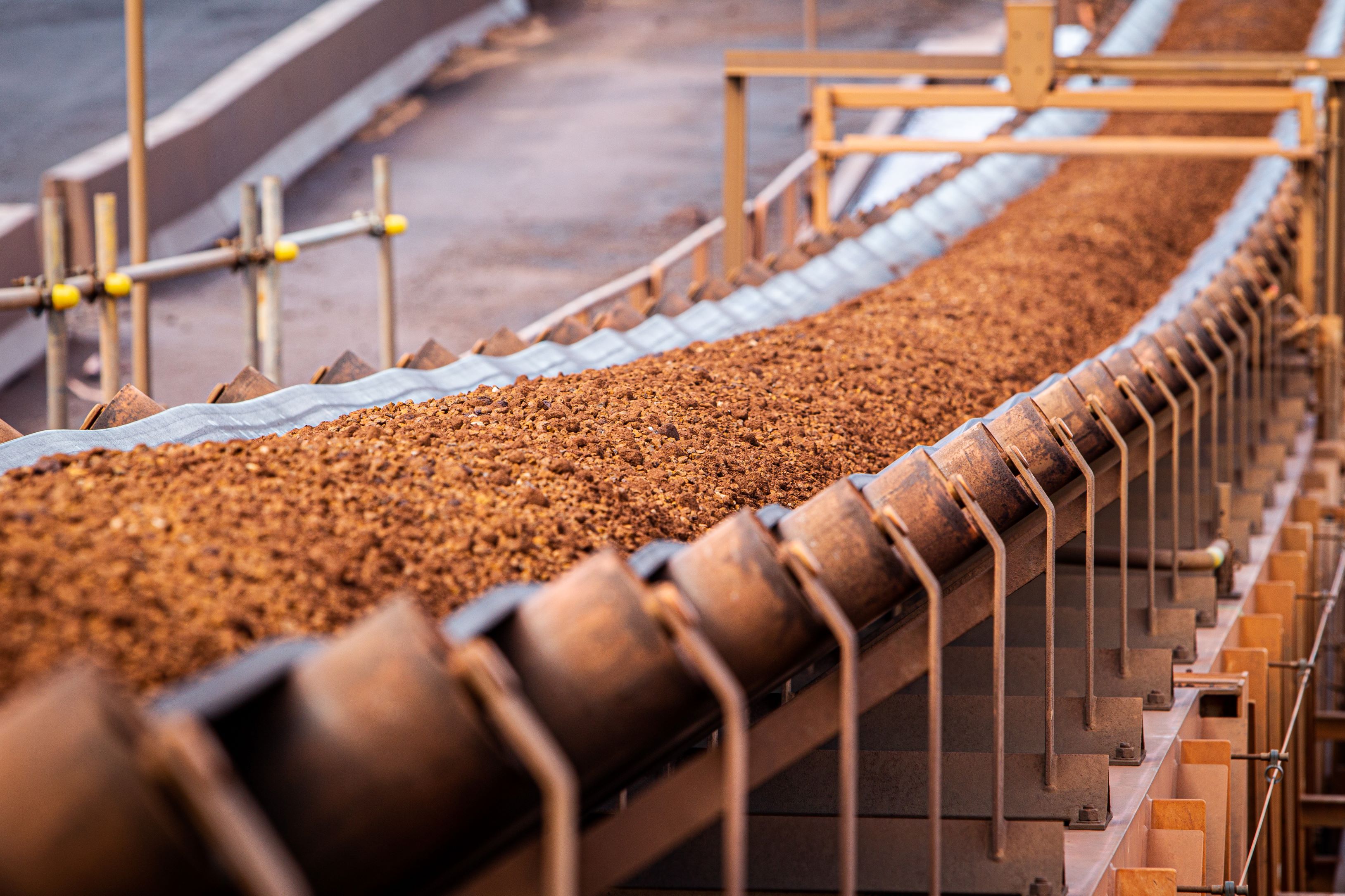
In the latest IOE&IT Daily Update assessment of one of the world’s major commodities, we explore the properties of, and current global market for, iron.
Iron ore is a mineral substance typically found in rocks, from which metallic iron can be extracted and which is essential for the production of steel.
It takes 1.6 tons of iron ore to produce a ton of steel, with 98% of iron ore used for pig iron in steel making.
Multiple applications
Steel is used in many sectors, including construction, household appliances, transport and energy, which has resulted in a current requirement to mine 20 times more iron than all other metals put together.
Iron makes up close to 5% of the earth’s crust and ore is mined in about 50 countries. The seven largest producing countries account for about three-quarters of total world production.
The top producers (2020) were:
Australia 900m tons (37.6% of world production)
Brazil 400mt (16.7%)
China 340mt (14.2%)
India 200mt (9.6%)
Russa 90mt (4.3%)
Australia has the largest ore reserves in the world and dominates production. In Europe, Russia is the leading producer of ore and is expected to increase production given its extensive reserves, which hold an estimated 25 billion metric tons.
Exports of iron ore from Russia declined by 23.48% in 2022 over 2021, but its iron ore exports are expected to grow at a CAGR of 7% between 2022 and 2026.
Russian iron ore products are not currently affected by the European sanctions, although steel products are. However, according to GMK Center, iron ore consumers in the EU themselves are refusing to buy raw materials from the aggressor country in order not to finance the war against Ukraine.
In 2022, the total volume of iron ore exports from Russia to the EU decreased by 39% compared to the previous year – down to 13.6 million tons.
In addition, the shutdown of many steel facilities in the EU in the second and third quarters of 2022, due to the increase in energy prices, affected the decrease in supplies.
Against the backdrop of a reduction in exports to the EU, producers from Russia are trying to increase supplies to China. In 2022, the export of Russian pellets to China increased by three times, up to 1.5 million tons.
Leading iron ore exporters (2021):
Australia 53.6%
Brazil 20.5%
South Africa 4.7%
Canada 3.7%
Ukraine 3.1%
Leading iron ore importers (2021):
China 70.1%
Japan 7.3%
South Korea 4.9%
Germany 2.8%
Taiwan 1.7%
Where does the ore go?
As previously covered in the Daily Update's commodity-in-focus series, China dominates steel production and although it is one of the biggest ore producers, its vast steel sector consumes almost three quarters of ore imports.
China’s weak economic performance has affected optimism about the outlook for ore prices, reports Reuters.
Industrial output grew 3.5% in May from a year earlier, the National Bureau of Statistics reported, slowing from the 5.6% gain in April and below a 3.6% increase expected by analysts in a Reuters poll.
Despite this, the price of iron ore contracts has improved in recent months and is expected to trade at $115.45 per metric ton by the end of this quarter, according to Trading Economics. This compares with a low of $102.33 in May.
Nice boost from China
Prices were boosted by news in June that China’s central bank lowered a key short-term lending rate for the first time in 10 months.
That reduction, and expectations of further cuts to other lending rates, sparked optimism that Beijing is acting to boost the flagging property sector, which consumes about one-third of China’s steel output.
In the meantime, China’s appetite for iron ore imports is likely to remain locked within the fairly tight band of 90m to 103m metric tons per month, which has persisted since July 2022.
According to Hellenic Shipping News, China’s iron ore imports are set to rise in 2023 for the first time in three years, say analysts, as steel mills use more ore in production and less steel scrap, which has become more expensive.
Weak construction activity in China is generating less scrap, reducing supply and making it more expensive.
Domestic mining in China this year has been disrupted by safety checks following mine accidents, but overseas supplies of ore, particularly from Brazil and India, will easily cover China’s lower scrap use.
Imports from India are expected to grow by between 15 and 20 million metric tons, said analysts, after the country scrapped its export tax on low-grade iron ore last November.



